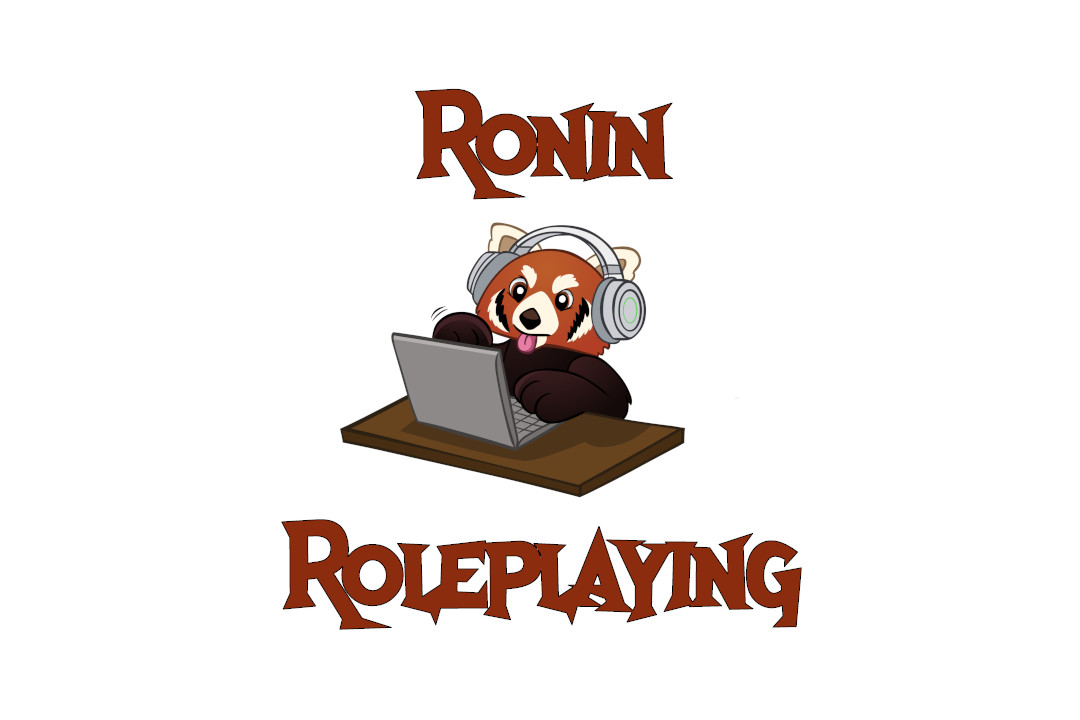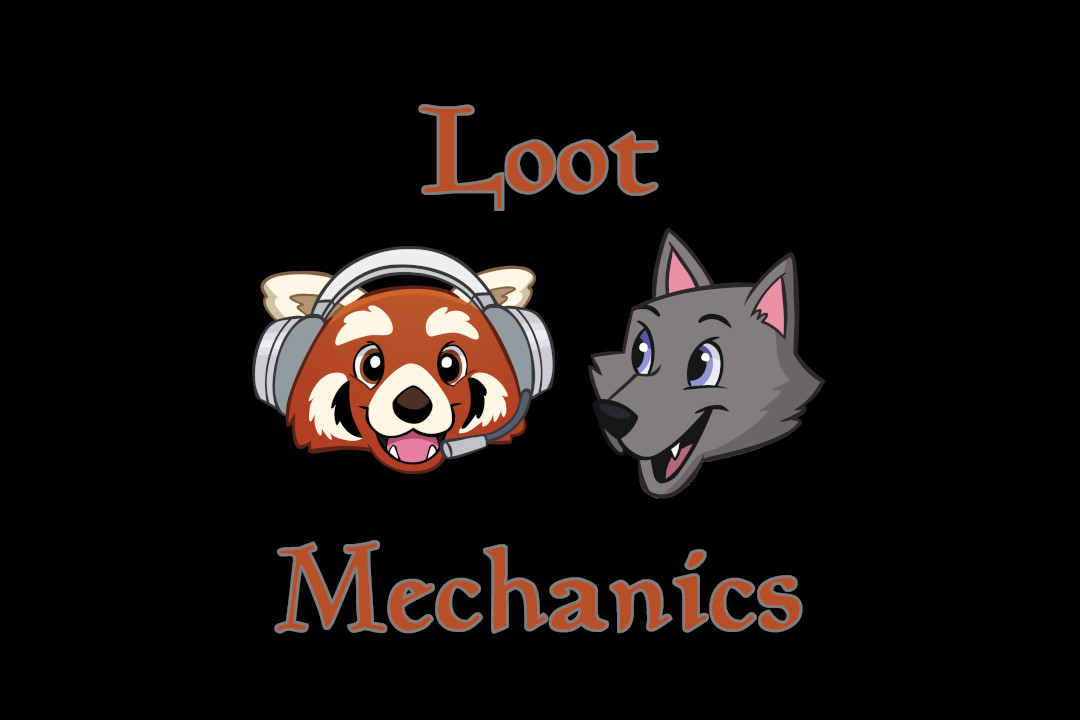So I’ve been working on the framewwork for a simple, rules-lite tabletop roleplaying game, modified from a game I wrote some two decades ago. I have the bones for it in my head, but the more that I put words to paper, the more the system falters under increased scrutiny.
For instance, it is all well and good to go with an extremely rules-lite system, to the point that the game is pretty much just pick up and play. That’s the goal, after all. But as I write out these rules, complications come to mind, which either force me to write out convoluted systems to deal with them, or completely re-write what I’ve already done!
What I have now is very loosely based upon the “Powered by the Apocalypse” philosophy from “Apocalypse World”, emphasis on ‘loosely based’. But I find that as words are transferred to paper, I have found it more and more necessary to scrap and re-write what I was doing, bringing in further complexity, to avoid it being completely unworkable.
Unworkable, by being too simple? Yes.
For example, let’s look at actions. We have three Attributes, one ranked at -1, one at zero, and one at +1 to start. The idea is to draw a playing card (yes, we’re using cards), and add the numeric value of the card to the Attribute which best fits the action being taken. Aces equal a One, Jacks are 11, Queens are a 12, Kings equal 13, and Jokers are a special result. Anyway, like with most PbtA games, a result of a 6 or less is a Failure, a 7-9 is a Partial Success, and a 10-12 is a Success, with a 13+ being a Critical Success.
This seems pretty straightforward, no? Well, it really isn’t. In most PbtA games, 2d12 are rolled and added to an Attribute, which gives a potential range on average of 1 to 14. With my set-up, the range is currently 0 to 14, which might seem roughly equal, but that takes out the Joker (which causes you to draw again, and whatever result that gives you is then moved up a level, from Failure to Partial Success, Partial Success to Success, and Success to Critical Success). That adds more weight on the scale towards player success in my system, if only somewhat.
What I’m finding in initial testing is that the standard PbtA system falls mostly in the 7-10 range, on average. With my card system, though, it is way more ‘swingy’. More opportunities for low and high results, which can be exciting, but also can drag down the game, should a player hit a rough patch of bad draws. Considering that a player isn’t supposed to shuffle their discard pile back into their deck until they run out of cards to draw from, this can lead to a long series of misery, should their deck be heavily weighted with high-value cards on the top of the deck, with more low-value cards towards the bottom.
A bad shuffle, to be sure, but I need to work out a way to allow players to ‘buy a shuffle’ during the session, before they run out of cards to draw, so as to avoid this problem. I’m also thinking the GameMaster should have a Move that allows them to make the Players shuffle their decks, when they are on streaks of good draws.
I’ve also heard people worry about players of my system cheating by palming good cards, but people cheat when rolling dice, too, so I don’t see that as a real issue, overall. Still, something to consider later on, when I get to playtesting.
The point is, I wasn’t even going to model my game off of the PbtA model! It was going to be a simple Draw + Attribute, compared to a Target Number. The TN would be higher, if the character didn’t have an applicable Skill, or was particularly difficult. This would seem like a pretty easy way to go, but every time I try to work from this angle, I get caught up in minutiae, which always leads me back to the PbtA model.
I might be overthinking this just a tad.



